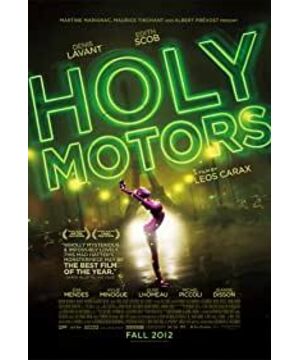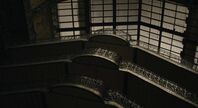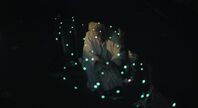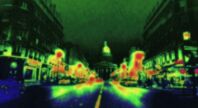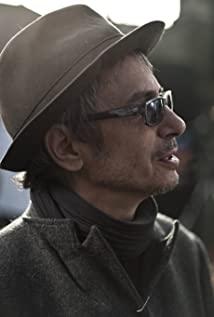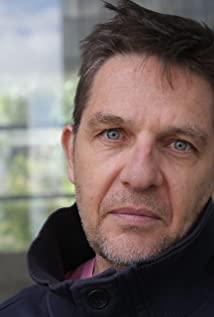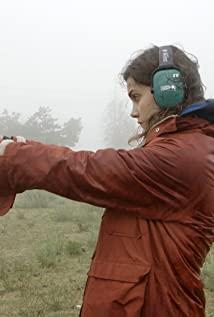(one)
In terms of the play and the expression of the play, the reconstruction of the genre in "Sacred Cars" is easy to identify. However, when we pay attention to the significance of the integration of genres for the transformation of Assayas and Kiyoshi Kurosawa’s creation, we pay more attention to the adjustments made to the author’s narrative context after typification ("Private Purchaser"'s scheduling of "ghosts", "Self-Viewing Illusion" suddenly splits the screen). Thus, by observing the scenes starting and ending with in-vehicle dispatching or car scenes in each segment (the film is often stopped abruptly), we find that "Sacred Cars" may only be Carax’s personal writing of the situation—a kind of A list of situations that are bound to each other, the white car becomes a ferry boat that connects the situations. The two clear arcs outlined by the camera movement and the actor's body movements construct the stage and the movie itself through the audience's viewing, which makes "Sacred Cars" given more value. But don’t forget, it’s still a simple movie to watch.
(two)
In Denilawang's first "performance", the arcs of the two movements are clearly visible.
The camera and the characters move synchronously and in the same direction for a few seconds. We understand the scene—the scene provides emotional input.
Then there was a "vertigo" shot.
The camera moves quickly from left to right, then quickly zooms to capture a specific scene, and then moves quickly from right to left, and is fixed. Continue to maintain for a few seconds.
In the next scene, the scene and angle were adjusted.
"Dizziness" awakens consciousness, although we still have no "sense of presence."
The scene is over because the scene of the white car is edited. This is an incomplete situation-the situation provides a perceptual presence, and our perception is not present before we withdraw.
In the past, attention to motion in movies often neglected one's own involvement as the present. It was not simply invoking the subject, but in a more sensitive way, it was the inward extension of perception when facing the screen.
(three)
Therefore, because of the appearance of the "one-eyed madman", I will fall in love with "Sacred Cars".
A set of foot movements followed by a shot to awaken consciousness. The soundtrack sounded.
Then, from prying open the manhole cover, entering the underground space to returning to the ground, "showing", the construction of the environment is completed (note a bird's-eye view-a lens that fades in and out).
From then on, the actor's action performance led to the movement of the camera.
Until the sight of the one-eyed madman leads to the next scene, the situation is completely opened.
We are "present".
The exaggerated facial performance and the out-of-mouth tone of the lines are strengthening our "presence." The feeling afterwards was like watching David Lynch.
View more about Holy Motors reviews


